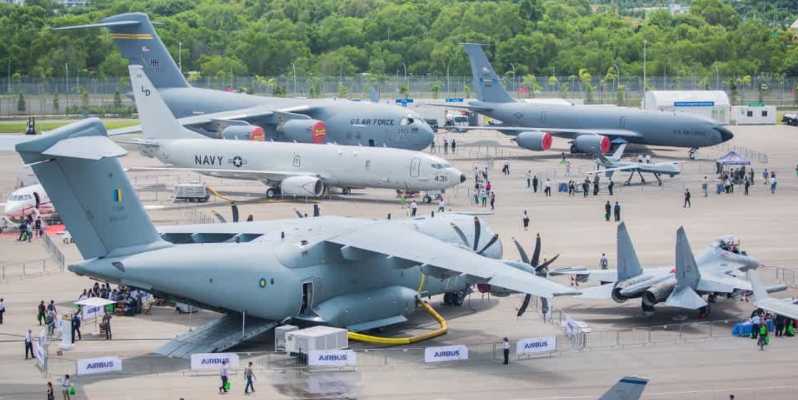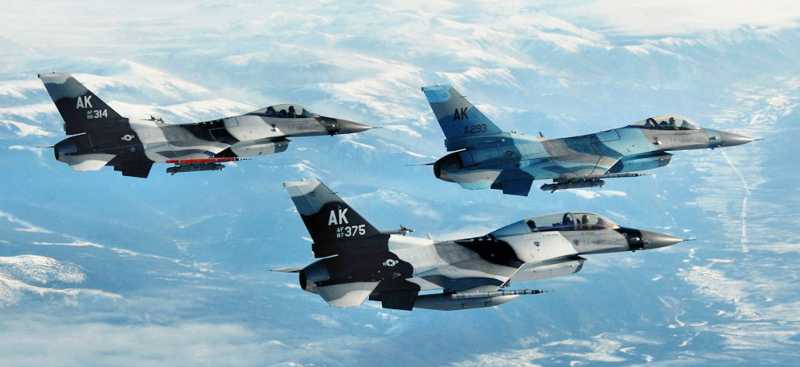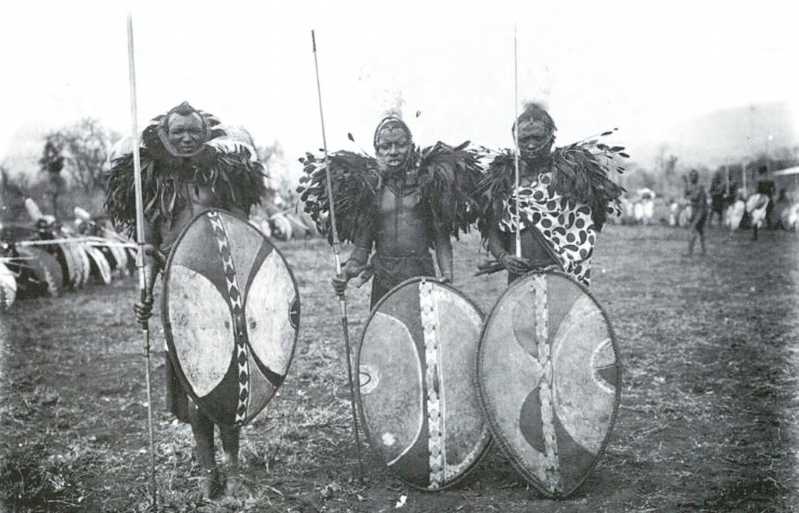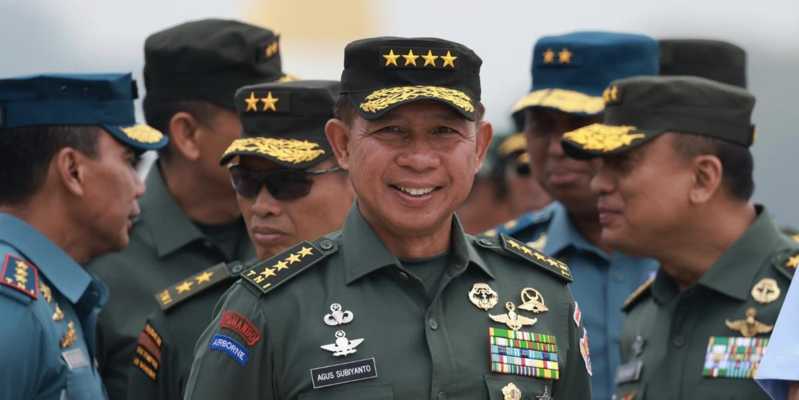Grenade launchers are weapons that fire small grenades based on the principle of guns. Because of their appearance and structure that resemble rifles or machine guns, they are also called grenade launchers. Grenade launchers, like guns, are also divided into semi-automatic and fully automatic. Semi-automatic can only fire single shots, while fully automatic can fire single shots or continuously, so they are also called grenade machine guns or automatic grenade launchers. When grenade launchers first appeared, they mainly fired single shots. With the needs of war, single-shot sniper grenade launchers and continuous-fire grenade machine guns appeared.
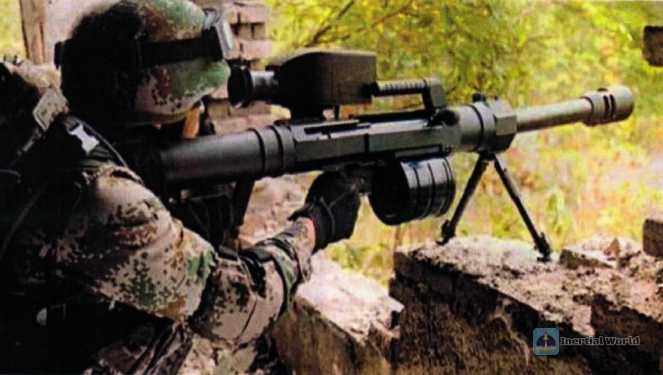

The harsh natural environment of the high-altitude and cold mountainous areas has brought great inconvenience to the army’s combat operations and organizational command. In this area, large-scale mechanized operations are difficult to carry out, and the support effect of heavy artillery is limited. It is often necessary to suppress enemy firepower, bomb enemy bunkers, and damage living group targets, but heavy artillery "cannot go up the mountain" and "cannot bomb". Grenade launchers can not only bomb light armored targets, but also destroy bunkers and hidden firepower points; they can not only accurately sniper and destroy high-value materials and equipment, but also roughly destroy and damage living group targets in gathering, marching, and charging. These performances make grenade launchers stand out and become the trump card in high-altitude mountain warfare.

Lightweight and portable, with strong mobility
The load of a single soldier is limited, especially in high-altitude mountain warfare with lack of oxygen. The undulating mountains, fragmented terrain, crisscrossing valleys, and few horizontal roads make it difficult to ensure support and maneuver. In addition, most infantrymen advance along small paths, mountain roads, or even places without roads, which further limits the load of individual soldiers. If the weapon is too heavy, it will directly affect the distance of maneuver and the speed of movement. So, in high-altitude mountain warfare, how can the weapons carried by infantrymen be light and lethal, and can destroy hidden firepower points, be used to control the road, and damage light armored targets and troop carriers? The birth of the grenade launcher solved this problem. In just 30 years, grenade launchers have been comprehensively improved from reducing weight, reducing vibration, reducing recoil to increasing the type of ammunition, increasing power, and increasing the strike range. Today’s grenade launchers are small and light, flexible and simple, quickly deployed, highly destructive, and highly maneuverable. In high-altitude mountain warfare, they can save infantrymen’s physical strength, increase movement speed, and eliminate multiple targets. For example, the 87-type and 87-modified grenade launchers independently developed by my country are both light and portable and are deeply loved by the troops. The first generation of grenade launchers, the QLZ87 type, weighs 12 kg with a scope when used as a light-duty grenade launcher; the weight of the QLZ87 modified grenade launcher with an optoelectronic scope does not exceed 13 kg. The initial velocity of the QLZ87 modified is greater than 200 m/s. Due to the joint application of multi-stage floating buffer technology and conventional recoil buffer technology, its recoil is reduced to a range that a single soldier can fully bear. These advantages and their increasingly improved performance enable infantry to achieve "self-support" in high-altitude mountain operations, and the grenade launcher has become the first choice for infantry squad (group) support weapons in high-altitude mountain operations. "Soldiers are precious in speed", the grenade launcher has a simple structure, convenient maintenance, and simple shooting methods, which is easy for infantry to quickly master. When infantry in high-altitude mountain areas carry it, they can quickly prepare, maneuver, and deploy; when special forces carry it, they can quickly complete tasks such as penetration, detour, and covert enemy contact.

Can bomb across the mountain
High and cold mountainous areas, separated by high mountains and deep valleys, there is a saying that "people on the other side can talk, but people on the other side will die if they run across the mountain". Between the mountains, people on this mountain and people on the other mountain can hear each other talking, but it takes a long time and a long way to get to the other side. Because there is a deep valley and a steep cliff below, it takes "ninety-nine bends". In the past, carrying explosives to bomb the bunker’s hidden firepower point, I don’t know how much time it would take, how many people would be sacrificed, and how many warplanes would be missed. Now it is not necessary. The maximum flight distance of the grenade launcher can reach 2,200 meters, and its maximum effective shooting distance for point targets is about 1,000 meters, and the effective range of the opposite target is more than 2,000 meters. When launching armor-piercing grenades, it can penetrate a steel plate with a thickness of 80 mm. Using a sniper grenade launcher, the probability of hitting the perforated target at a distance of 400 meters is as high as 80%. At a distance of 600 meters, it can accurately hit a door or window of 1 meter in size. In particular, the new grenade launcher specially built for plateaus and mountains is unique for its fierce firepower, long shooting distance, and wide strike range. It has greatly improved the independent combat capability of mountain infantry and given them the means to fight against multiple targets. The air bombing mode of the new sniper grenade launcher can make the grenade explode accurately above the target, which can effectively deal with the firepower points, bunkers, vehicles or group targets on the opposite mountain. When the infantry in the attack encounters enemy fire suppression or attack, there is no need to hold the explosive pack to blow it up as in the past. The use of a grenade launcher can solve the problem from a long distance.
Able to explode over trenches
Trenches are the most important defensive fortifications in mountain defense battles. Before the grenade launcher was invented, it did play a good protective role in combat, because kinetic shells could not penetrate the trench wall from the front. Even if it was an artillery shell, as long as it did not fall accurately into the trench, the infantry in the trench could be protected by bending over, squatting or lying down. The emergence of new grenade launchers has greatly reduced the protective function of trenches. The fire control system of the grenade launcher can program the grenade flight path and explosion time within a few seconds. Its "air bombing mode" can make the grenade explode about 1 meter above the target to deal with enemies in trenches or behind shelters. When the enemy hides in tunnels and trenches during bombardment, the enemy can quickly advance while bombarding the enemy positions; when the artillery fire stops and the enemy moves from the tunnels into trenches or surface positions, the grenade launcher’s air-blast function is used to make the grenade explode above the enemy’s trenches. How can the trenches hide? Judging from the killing effect of existing grenade launchers, the fragmentation damage of armor-piercing grenades during explosion is far greater than the damage caused by the warhead. Trenches can block bullets from frontal attacks, but they cannot block grenades that explode above the target and have greater lethality.
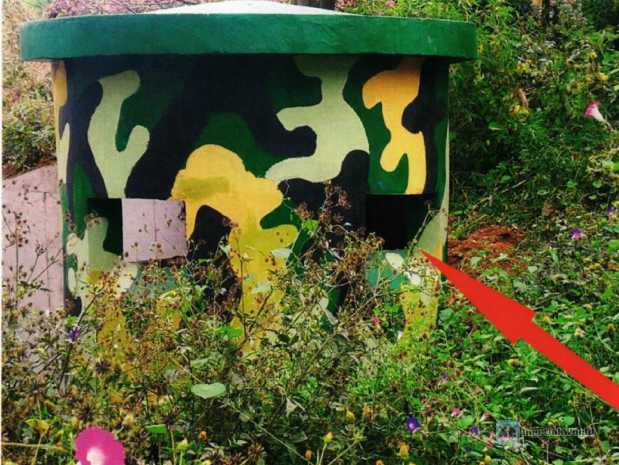


The shooting hole that can accurately shoot into the bunker
The bunker is a low fortification with a cover for rifle and machine gun shooting and several gun holes facing the enemy. In the past, it was mainly composed of earth and wood, but now it is composed of bricks, stones, and reinforced concrete. It is generally built near important bridges, ferries, streets, roads, and open areas for cover, blockade, and suppression. Bunkers were widely used during World War II.
During the War of Liberation, various bunkers became important fortifications built by the dying Kuomintang reactionaries on the frontier of defense. In high-altitude mountain warfare, the role of bunkers is not only to provide cover, blockade, and suppression. In the front-line areas of the border, due to the lack of oxygen and inconvenient transportation in the high altitude, bunkers often also have functions such as living quarters, weapons and ammunition depots (many outposts are bunker-style), and they are basically reinforced concrete structures with strong protective capabilities. In response to this situation, the new grenade launcher is also designed with a "fuze delay mode" that "breaks through the wall" to hit the inside of the bunker, so that the grenade will explode after a certain period of time after hitting the target. When in use, you can aim at the thin wall or gun hole according to the bunker structure. After breaking the wall or hitting the gun hole wall, the grenade drills into the bunker and explodes, killing or destroying living targets and materials and equipment in the bunker.
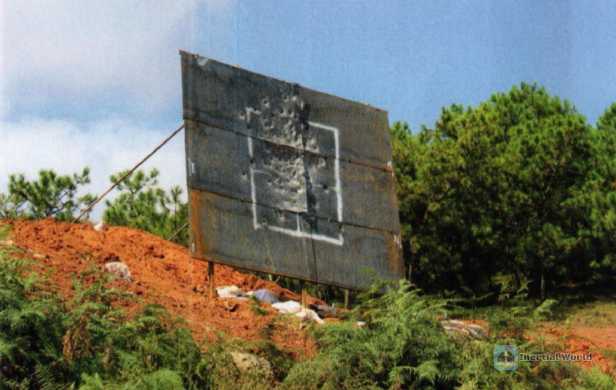
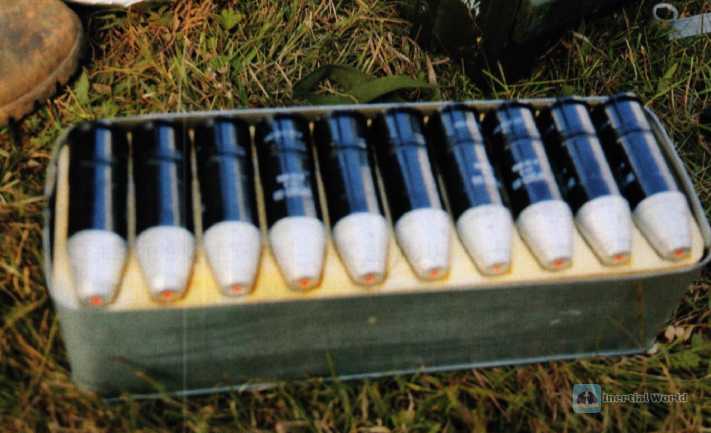

Can bend to hit the back of the mountain
In mountain warfare, when there are only kinetic bullets, there are often hiding houses behind the mountains or behind the shelters. As long as the enemy dodges behind the mountains or behind the shelters, he can’t hit you. He may also go around the mountains or shelters to another position to fight back against you. "The devil is one foot high, and the road is ten feet high." Grenade launchers, especially those designed for plateaus and mountains, are designed with a shooting mode that combines straight and curved lines and points and surfaces in order to be able to blow up enemies behind mountains or behind shelters without heavy artillery support. For enemies behind shelters, you can use the "air bombing mode" to make the grenade explode in the air above the shelter behind, or use the "fuze delay mode" to make the grenade explode after penetrating the shelter for a certain period of time; for enemies hiding behind the mountains, you can directly use the curved shooting mode to make the grenade "over the mountain" like a mortar shell.
Can shoot into the windows of houses
Although the high and cold mountains are sparsely populated, there are still cities and towns after all. When switching to urban and rural operations, facing enemies hiding in the house and resisting stubbornly, guns cannot be hit, and artillery bombardment will destroy the entire building. When you are at a loss, think about the grenade launcher. The "window mode" of the grenade launcher allows the grenade to "break through the window" and explode about 1.5 meters into the room. The shooting process is not complicated, and the complex problems have been solved by the gun designers before. When the shooter finds an enemy in the house, he only needs to aim at the window with the grenade launcher. The powerful photoelectric sight will automatically measure the distance and perform temperature, elevation, crosswind, altitude correction, ballistic solution, and automatically set the shooting parameters. Each shooter only needs to aim at the window and shoot as before, and the grenade will fly into the room and explode. If it is an explosive killing incendiary bomb, the enemy in the house will be completely destroyed.
Transport vehicle nemesis, anti-sniper weapon
In the modern battlefield, armored transport vehicles, wheeled infantry fighting vehicles, large troop carriers, transport helicopters and other transportation tools for transporting personnel and important materials and equipment will be deployed in large quantities on the battlefield. However, in the high-altitude and cold mountainous areas, due to the fragmented terrain, ravines and valleys, and the scarcity of roads, these transport vehicles often only pass through certain sections of the road or must pass through certain sections of the road, and the transport helicopters need to stop at places where they can land and stop. If you can accurately judge when setting or anticipating the battlefield, build concealed fortifications in advance near the sections of the road that the transport vehicles must pass through, the helicopter pad, and the radar facilities, and deploy enough grenade launchers and corresponding ammunition in these places, it can play the role of "one man guarding the pass, ten thousand men cannot open it", become the nemesis of the transport tools, and make these transport tools difficult to cross.
Snipers usually move in secret, are good at concealment, camouflage, and secret infiltration. Their camouflage skills can be said to be perfect. It is difficult to judge their precise sniping intentions with the naked eye, which is more prominent in high-altitude and cold mountain operations. Therefore, in a state of war, once the traces of snipers are found, corresponding anti-sniper measures must be taken. With a grenade launcher, if the exact position of the sniper can be determined, the shooting will be more accurate. If you are not sure, it is no big deal. As long as you know the general direction, you can use firepower coverage to attack (bomb) and launch fragmentation grenades. With the lethal power of grenade fragments "flying everywhere", it is difficult for snipers to hide in bushes or behind shelters.
In short, in the special combat environment of high-altitude and cold mountainous areas, high-tech weapons or heavy artillery bring problems such as "difficult to maneuver", "difficult to support", "difficult to suppress" and "difficult to destroy" due to "difficult to climb mountains". At this time, you can use the characteristics of grenade launchers such as fast deployment, stable performance, and convenient use to give full play to the traditional mountain tactics of "shoot when you find it, run after shooting". Its "air bombing mode", "fuze delay mode", "window mode", "precision bombing mode", "curved and straight mode", etc. will play a huge and irreplaceable role in future high-altitude and cold mountain operations, become the new favorite of mountain infantry, and are the trump card in the current or future high-altitude and cold mountain operations.










